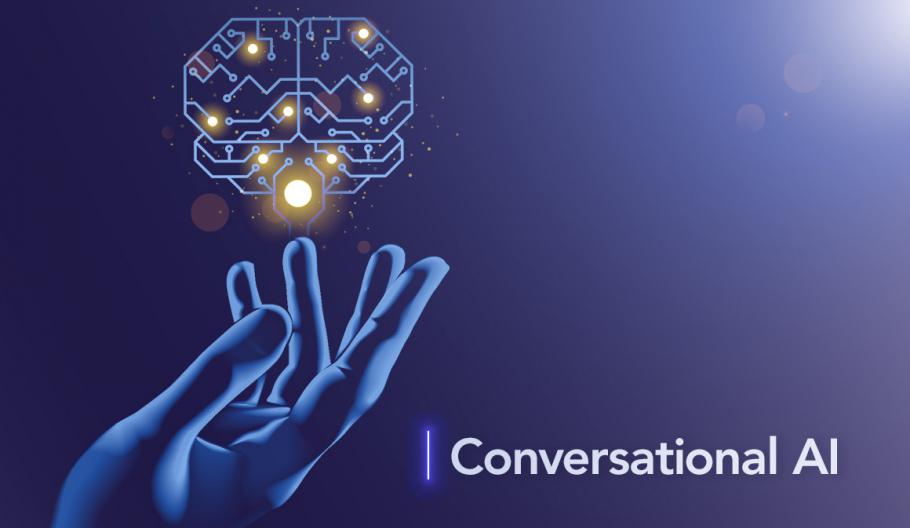Conversational AI and chatbots are rule-based systems that adhere to a fixed conversational flow. For offering a more effective, less limited user experience, they employ the following techniques:
- Natural Language Processing
- Natural Language Understanding
- Machine Learning
- Deep Learning, and
- Predictive Analytics
The typical conversational AI architecture consists of the following:
- Automatic speech recognizer (ASR)
- Spoken language understanding (SLU) module
- Dialogue Manager (DM)
- Natural language generator (NLG), and
- Text-to-speech (TTS) synthesizer
They’ve developed a reputation in recent years because they permit businesses to quickly and easily reply to basic questions regarding their products or services from customers. Chatbots are quickly becoming one of the most popular technologies for providing online customer service.
They can provide information on services, shipping, reimbursement policies, and website issues, among other things. As a result, they are suitable for use in websites, conversational assistants, smart speakers, and call centers.
Types of Chatbots
- AI-Based Chatbots
These chatbots are powered by dynamic learning, which allows them to update themselves regularly based on client interactions. They are intelligent, well-designed, and offer a better user experience.
- Fixed Chatbots
Because these programs are pre-programmed with information, they can only offer limited assistance. They’re utilized for handling back-end queries or segments with restricted consumer access.
Fixed chatbots, meanwhile, are unpopular because they are incapable of comprehending convoluted human behavior. Furthermore, they may be unable to respond to all inquiries, making interaction arduous.
Chatbots are often perceived as difficult to use and need a significant amount of time for learning the needs of the user. Poor processing, which is incapable of filtering results promptly, can irritate customers, undermining the goal of accelerating responses and enhancing customer contact. Due to limited data availability and the time required for self-updating, the method appears to be more time-consuming and expensive.
The more complex such conversational AI bots become, the more difficult it is to match the expectation of real-time response. It requires a huge network of machine learning models, each of which deciphers a small piece of the puzzle in determining what is to be told next.
Each model increases the latency of the system by milliseconds by considering the location of the user, the history of the interaction, and prior feedback on comparable responses.
Every advancement in conversational AI bots, in particular, must be weighed against the goal of lower latency. It all comes down to reducing latency via dependencies, which has long been a defining concern, especially in software development. In any networked software architecture, enhancing one application can force developers in upgrading the entire system. However, there are scenarios when a crucial update for App A renders Apps B, C, and D incompatible.
Most software dependencies utilize APIs that impart the basic, distinct state of a program, such as a cell in a spreadsheet changing from red to green. APIs allow engineers for designing every application in their unique style while remaining on the same page.
Engineers who work with machine learning dependencies, meanwhile, work with abstract probability density operations. As a result, it’s not always clear how changes to one model will impact the larger ML network.




